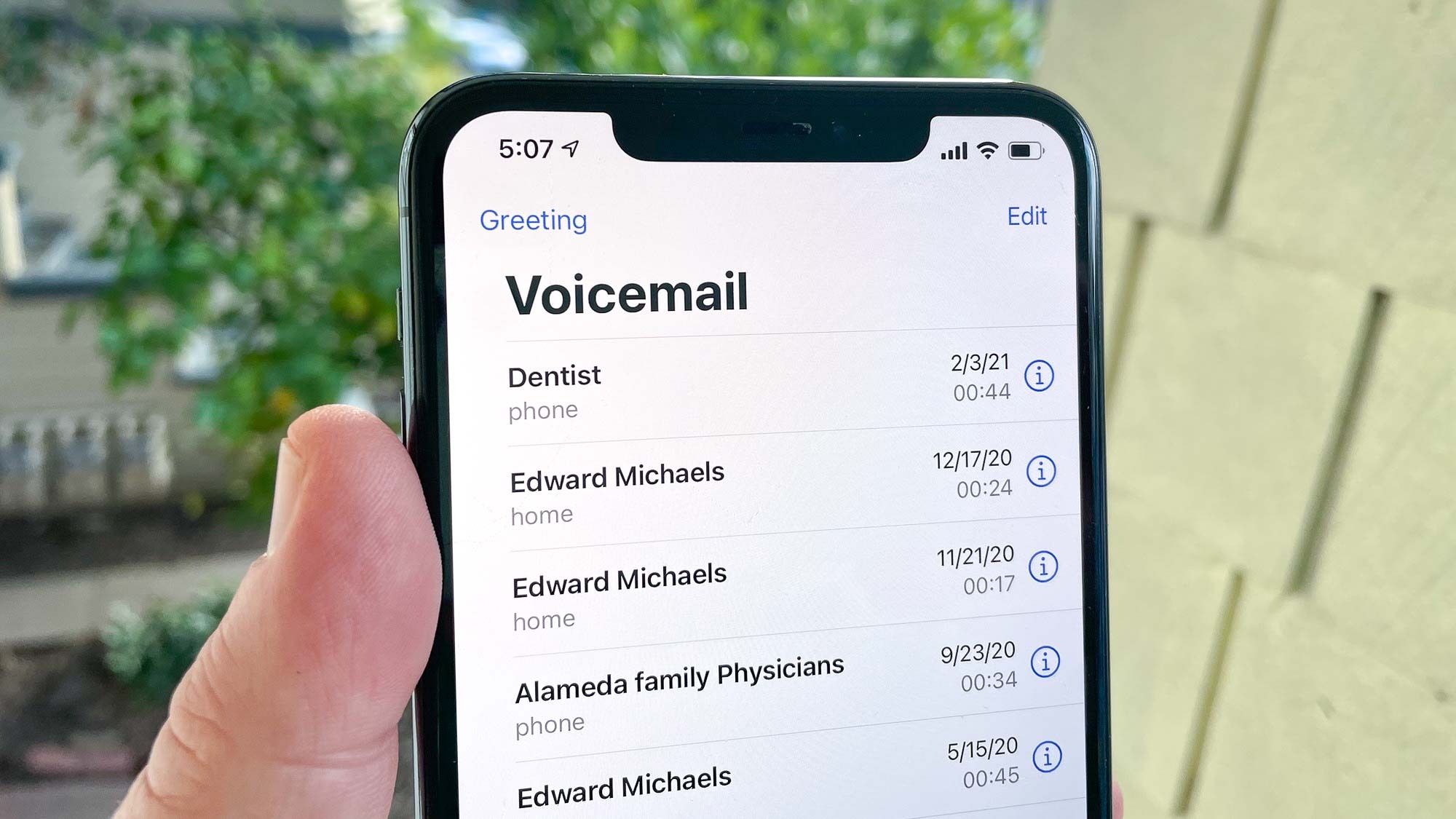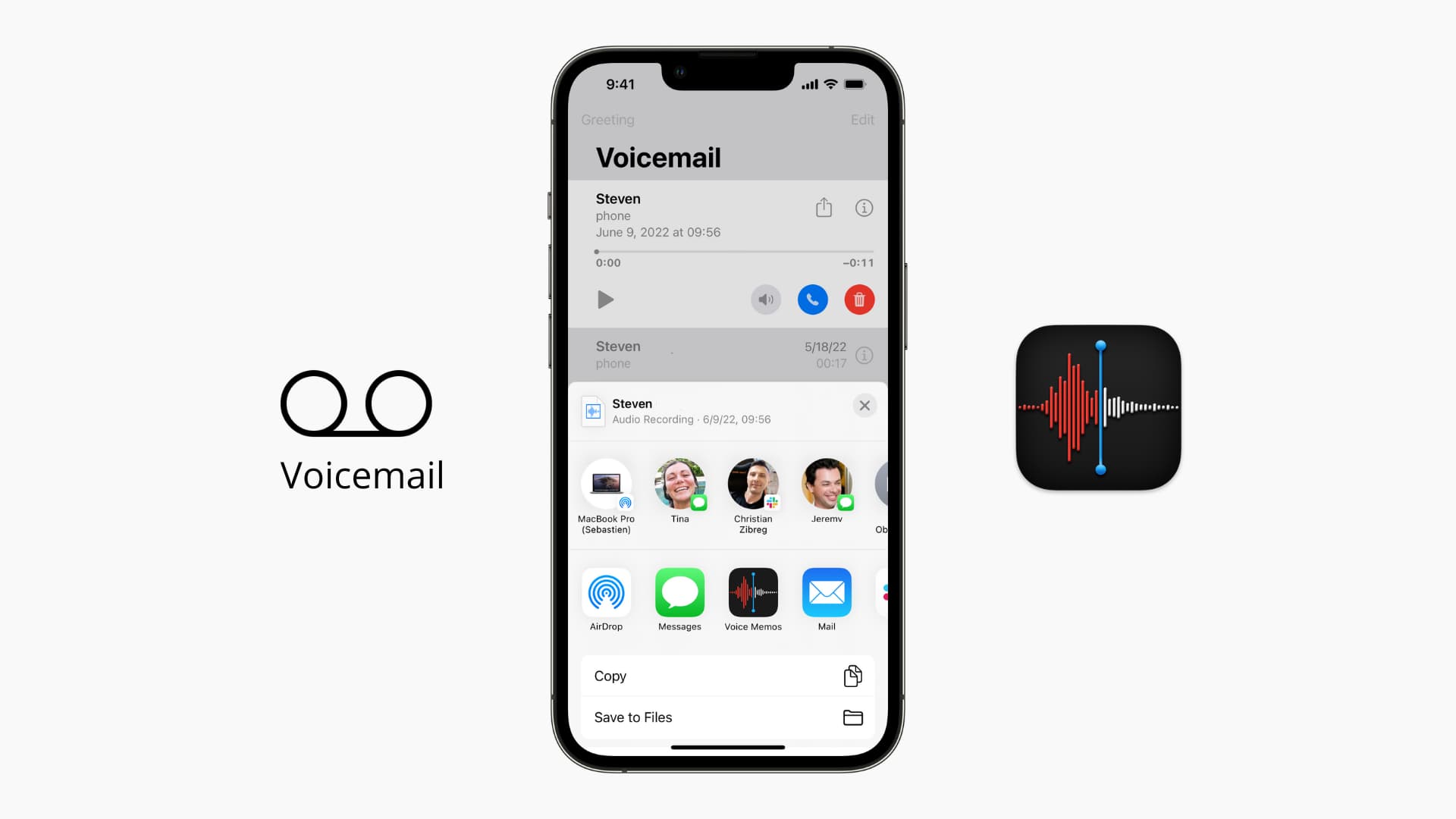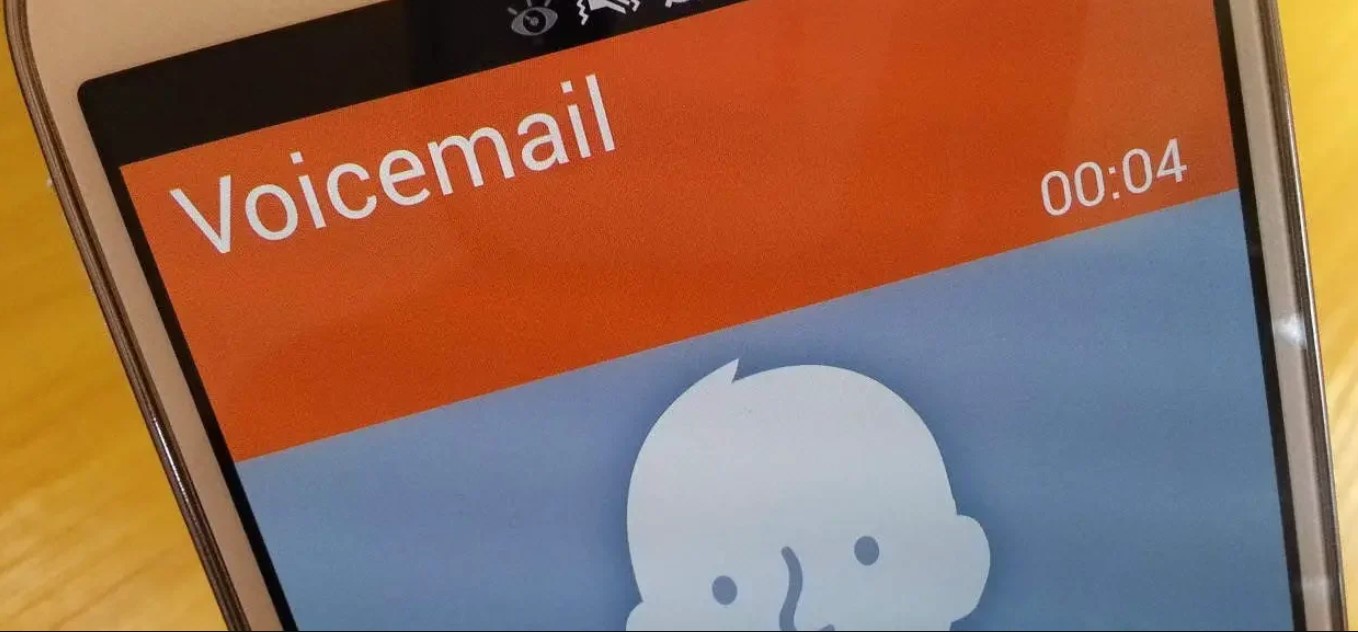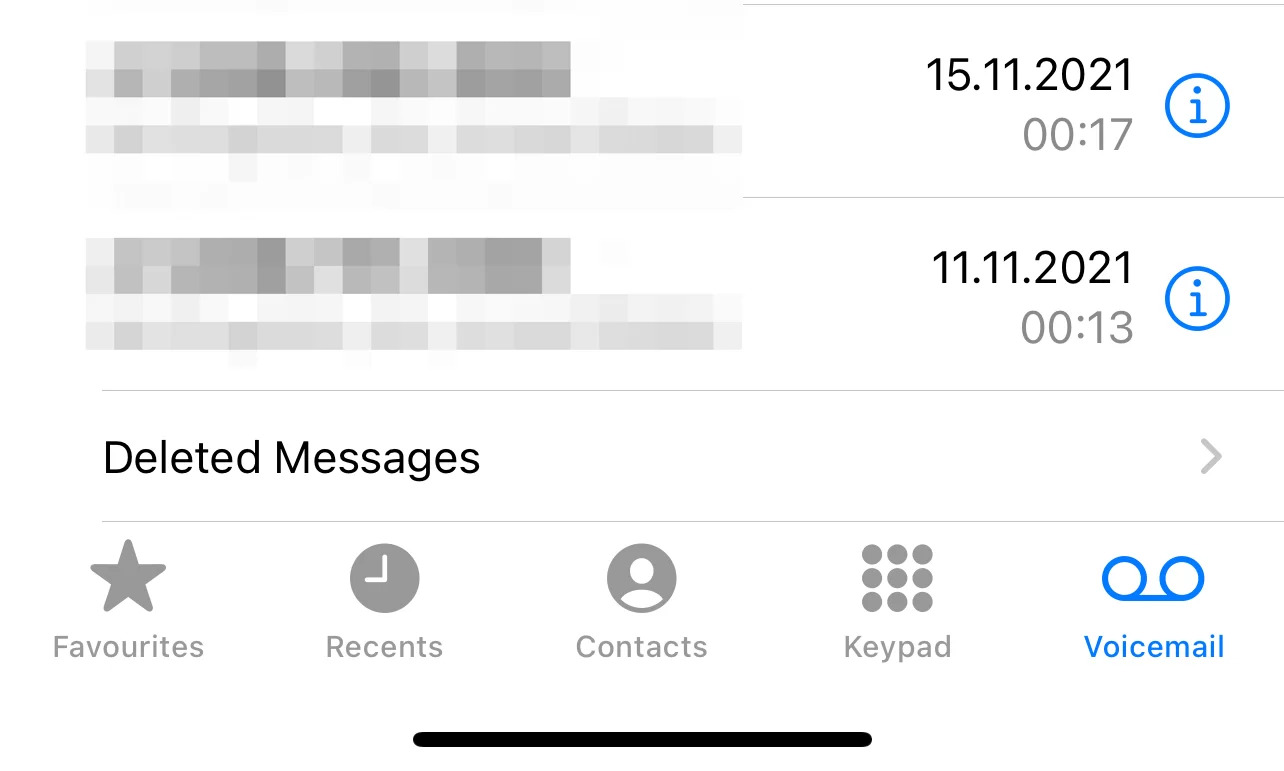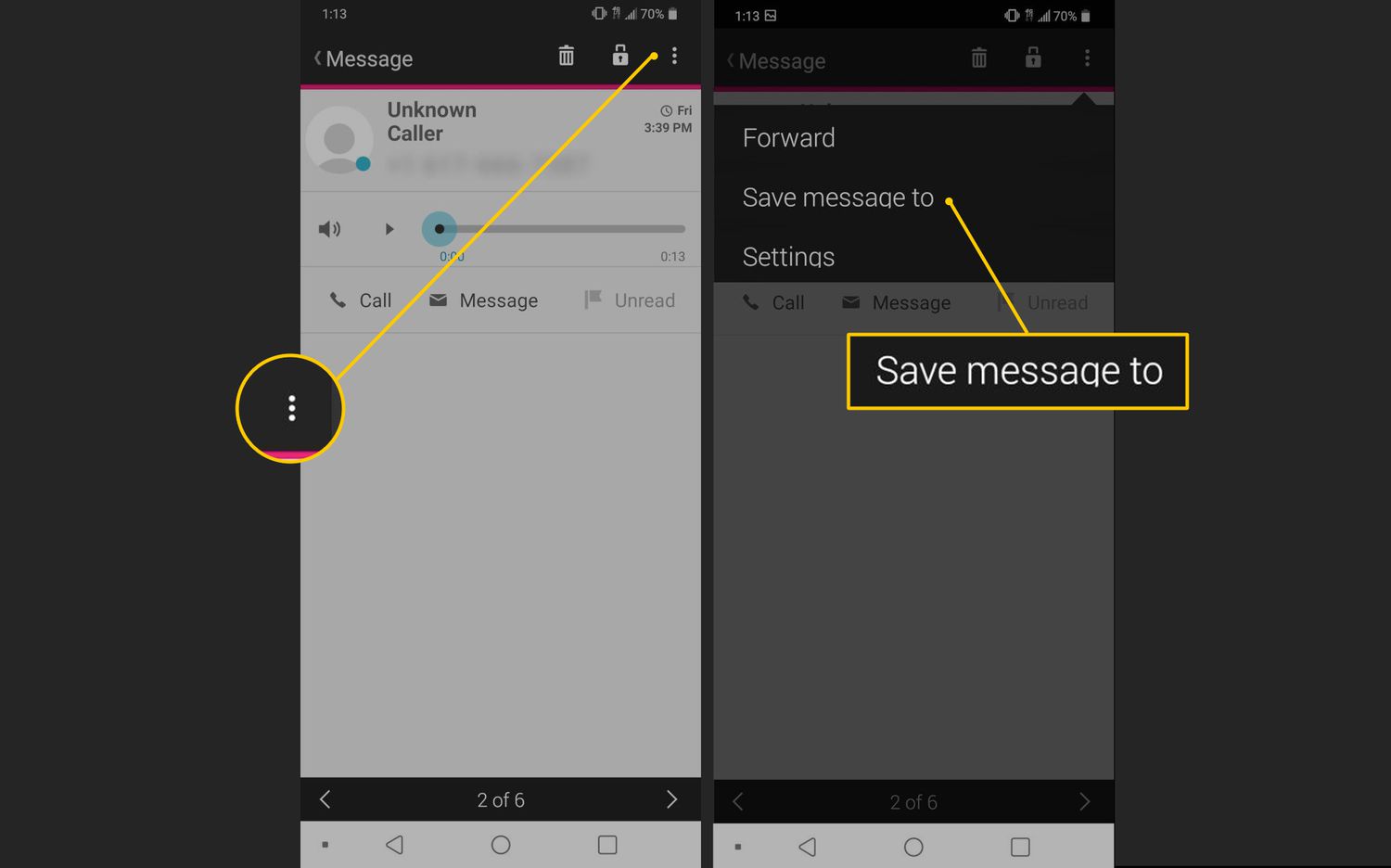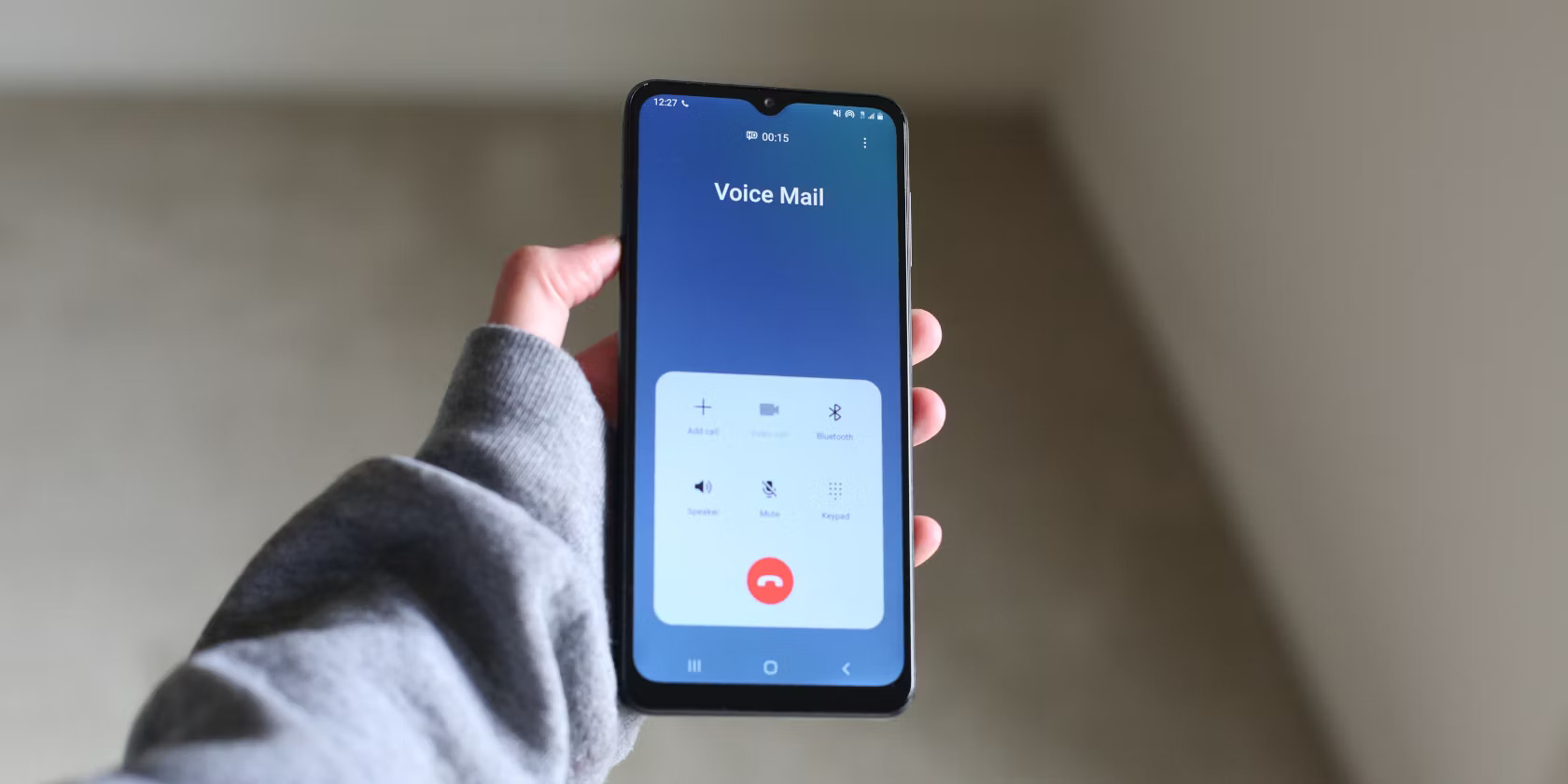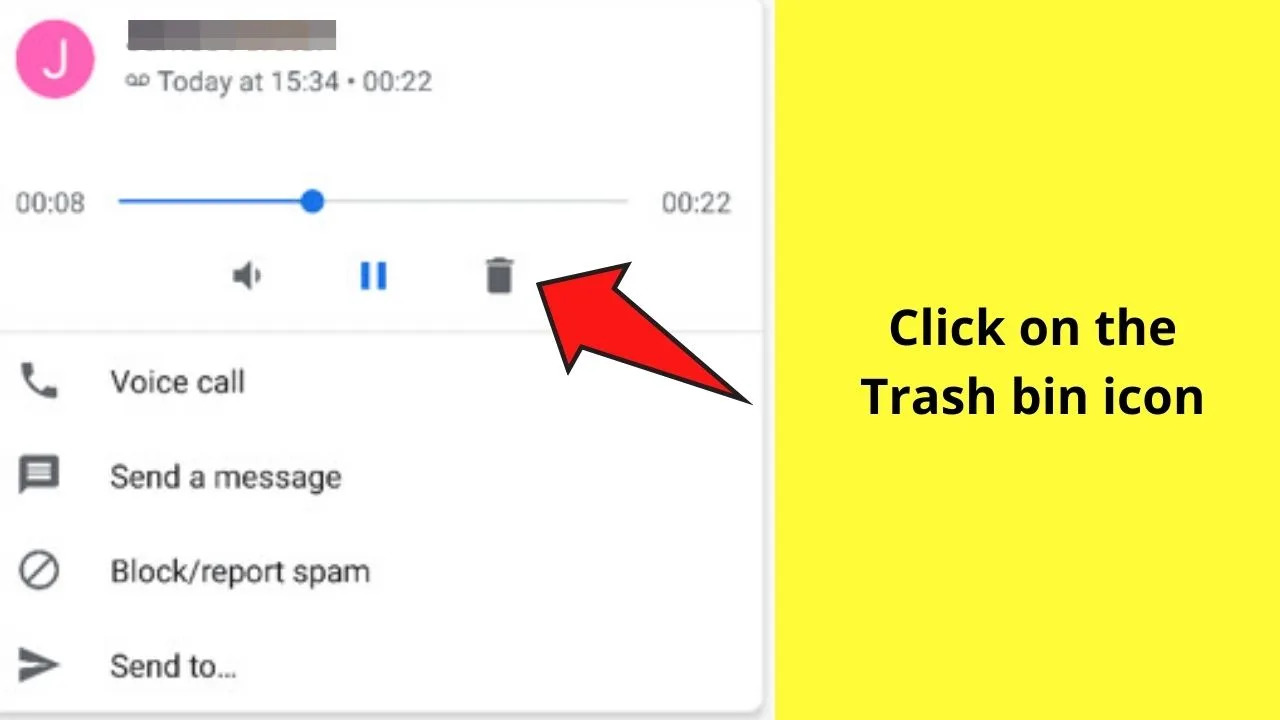Introduction
Voicemail is a valuable communication tool that allows us to receive and listen to messages when we can’t answer the phone. Whether it’s a personal message from a loved one or an important business voicemail, being able to download and save them can be incredibly helpful.
In this article, we will explore different methods to download voicemails. Whether you want to store sentimental voicemails or keep a record of important business messages, these methods can help you save voicemails for future use or safekeeping.
Depending on your device and preferences, you can choose from various options to download voicemails. We will walk you through different methods that work for both Apple and Android devices. From using dedicated voicemail management apps to transferring voicemails to email or saving them as audio files, there’s a method suitable for everyone.
With these methods, you can conveniently access your voicemails on your computer, share them with others, or simply keep them as cherished memories. Let’s dive into the various ways to download voicemails and choose the one that best suits your needs.
Method 1: Using a Voicemail Management App
If you want a straightforward and user-friendly way to download voicemails, using a dedicated voicemail management app is a great option. These apps are designed to help you organize and save your voicemails in a convenient manner.
One popular app for iPhone users is “Visual Voicemail.” This app allows you to access and manage your voicemails easily. To download a voicemail, open the app, select the voicemail you want to save, and look for the option to download or export it. Once downloaded, you can access the voicemail file on your device and even transfer it to your computer if desired.
Android users can opt for apps like “YouMail” or “Google Voice” to manage and download their voicemails. These apps offer similar functionalities, allowing you to save voicemails to your device or cloud storage. Simply install the app, set it up with your voicemail account, and follow the prompts to download any voicemails you wish to keep.
Using a voicemail management app provides a convenient and centralized way to store and access your voicemails. It also offers additional features like visual voicemail transcription, voicemail organization, and the ability to search for specific voicemails. Make sure to choose an app that is compatible with your device and explore its features to maximize its utility.
Remember to regularly back up your voicemails to ensure that they are not lost in case of device malfunction or accidental deletion. With a voicemail management app, you can easily export and save your voicemails, giving you peace of mind knowing that your important messages are securely stored.
Method 2: Transferring Voicemails to Email
If you prefer to have your voicemails accessible through your email account, transferring them to email is a convenient option. This allows you to have a backup of your voicemails in your email inbox and easily access them from any device or computer.
Both iPhone and Android devices offer the ability to forward voicemails to an email address. To do this on an iPhone, open the Phone app, go to the Voicemail tab, select the voicemail you want to transfer, and tap on the “Share” or “Send to” option. Choose the email app you use, enter the recipient’s email address, and send the voicemail.
On Android devices, open your voicemail app and locate the voicemail you want to transfer. Tap on the “Share” or “Forward” option, choose your email app, and enter the desired email address. By following these steps, you can easily send voicemails to your email account in just a few taps.
Once your voicemail is in your email inbox, you can download the voicemail file as an attachment and save it to your computer or any other desirable location. This gives you the flexibility to archive voicemails, easily search for specific messages, or share them with others if needed.
It’s worth noting that there may be limitations on the size of voicemails that can be transferred via email. If a voicemail exceeds the size limit set by your email provider, consider using a file-sharing service or compressing the voicemail file before sending it.
By transferring your voicemails to email, you not only create a backup of important messages but also have the ability to access them seamlessly from any device. This method provides an additional layer of convenience and ensures that your voicemails are not tied solely to your phone.
Method 3: Recording Voicemail Using a Voice Recorder App
If you’re unable to directly download or transfer your voicemails, another method to save them is by recording them using a voice recorder app. This method is particularly useful when you want to preserve a sentimental or important voicemail as an audio file.
To begin, find a reliable voice recording app on your device’s app store. There are numerous options available for both iPhone and Android users, such as “Voice Recorder & Audio Editor” for iPhone and “Easy Voice Recorder” for Android.
Once you have installed the voice recording app, open it and navigate to the recording screen. Next, access your voicemail on your phone through the voicemail app or by calling your voicemail inbox. Use the voice recorder app to record the voicemail as it plays through your phone’s speaker. Make sure to start the recording before the voicemail begins playing and stop it once the voicemail has ended.
After recording the voicemail, you can save it as an audio file on your device. Most voice recording apps offer options to trim and edit recordings, allowing you to remove any unwanted portions of the voicemail or enhance its quality if needed.
Keep in mind that when recording voicemails using a voice recorder app, it’s important to find a quiet environment to minimize background noise and improve the clarity of the recording. Additionally, ensure that your device’s microphone is functioning properly to capture the voicemail clearly.
This method provides a practical solution to save voicemails as audio files, which can then be stored, shared, or transferred as desired. It gives you the flexibility to keep your important voicemails in a format that can be accessed and played back whenever needed.
Method 4: Saving Voicemails as Audio Files
If you want to have your voicemails saved as separate audio files that can be easily accessed and played on various devices, saving them as audio files is the ideal method. This allows you to keep your voicemails in a format that is compatible with different media players and can be stored in a dedicated folder on your device or computer.
Both iPhone and Android devices offer built-in options to save voicemails as audio files. On an iPhone, open the Phone app and go to the Voicemail tab. Select the voicemail you want to save and tap on the “Share” or “Export” option. From the available sharing options, choose the one that allows you to save the voicemail as an audio file, such as “Save to Files” or “Save to Dropbox.”
For Android users, open your voicemail app and locate the voicemail you want to save. Tap on the “Share” or “Save” option and choose the method that allows you to save the voicemail as an audio file, such as “Save to Drive” or “Save to Files.”
When saving the voicemail as an audio file, you typically have the option to choose the format (e.g., MP3, WAV) and the location where the file will be saved. Select a format that is widely supported and choose a location that is easily accessible.
Once saved, you can listen to the voicemail using any media player or transfer the audio file to other devices or cloud storage services for safekeeping. This method ensures that your voicemails are stored independently of the voicemail system, giving you full control over their accessibility and longevity.
Remember to periodically back up your saved voicemails to prevent data loss. You can create a backup on your computer or use cloud storage services to store your audio files securely. By doing so, you can preserve your important voicemails for future reference or sentimental value.
Conclusion
Downloading and saving voicemails is crucial for various reasons, whether it’s for sentimental value, record-keeping, or business purposes. In this article, we explored four different methods to download and save voicemails:
- Using a Voicemail Management App: These apps provide a user-friendly way to access, organize, and export voicemails.
- Transferring Voicemails to Email: Forwarding voicemails to your email allows for easy access, backup, and sharing across devices.
- Recording Voicemail Using a Voice Recorder App: This method is ideal for turning voicemails into audio files that can be stored and played on various devices.
- Saving Voicemails as Audio Files: Saving voicemails as independent audio files provides flexibility in playing and storing them in a format compatible with different media players.
Each method has its own advantages, so it’s important to choose the one that aligns with your specific needs and preferences. Whether you opt for a dedicated voicemail management app, transferring to email, recording with a voice recorder app, or saving as audio files, these methods empower you to have control over your voicemails.
Remember to consider factors such as compatibility with your device, ease of use, available storage space, and the ability to back up your voicemails for added security. Regularly organize and protect your voicemails to prevent loss or accidental deletion.
By following any of these methods, you can ensure that your important voicemails are never lost or forgotten. Whether it’s a cherished personal message or a crucial business communication, having the ability to download and save voicemails enables you to keep them accessible and preserved for years to come.







